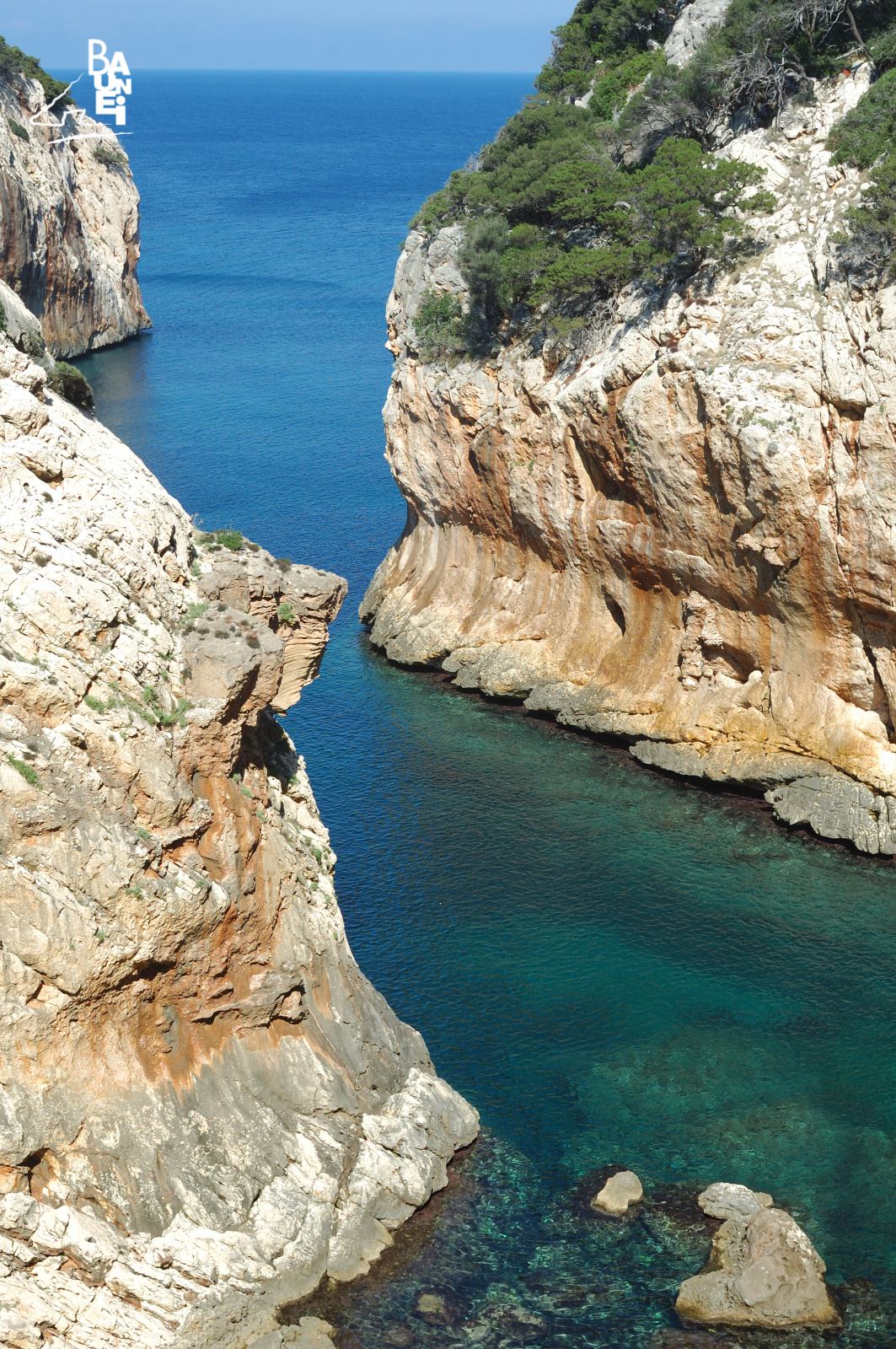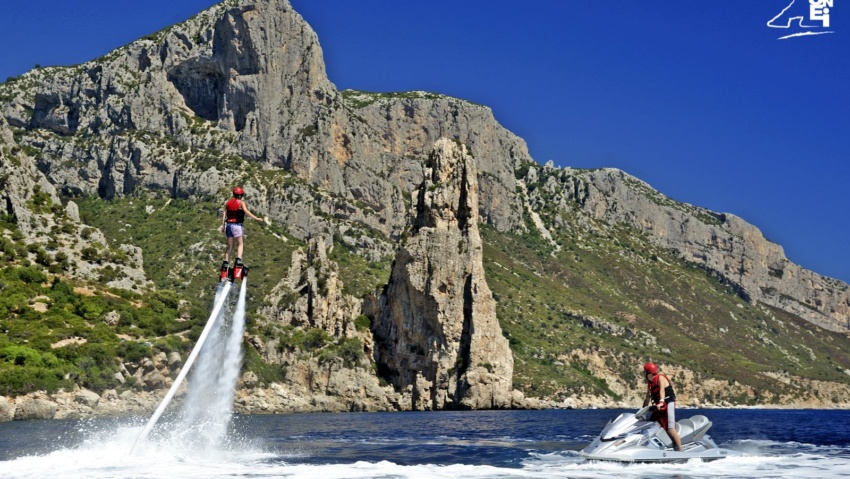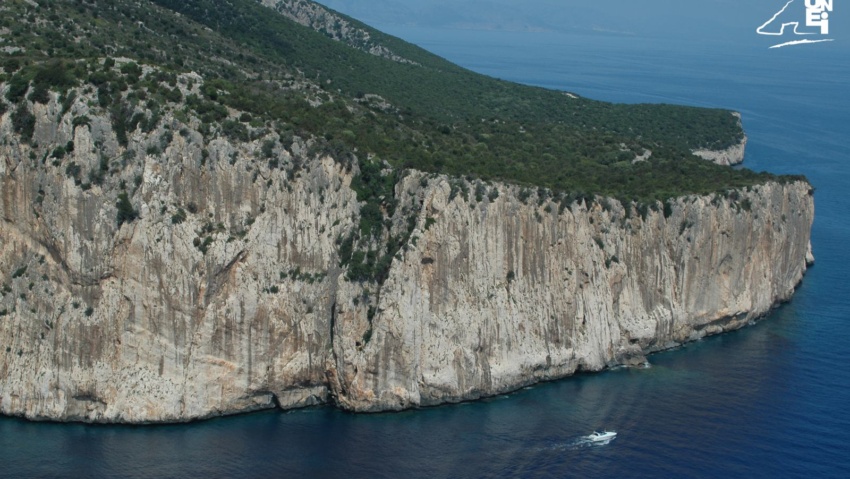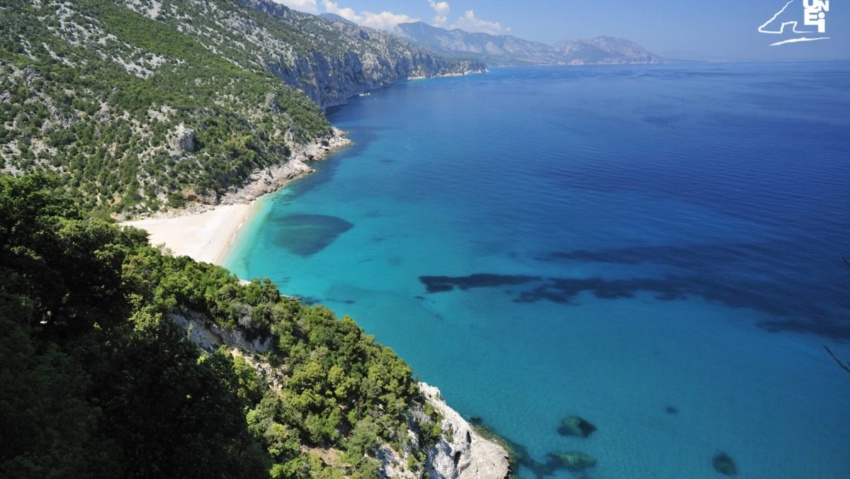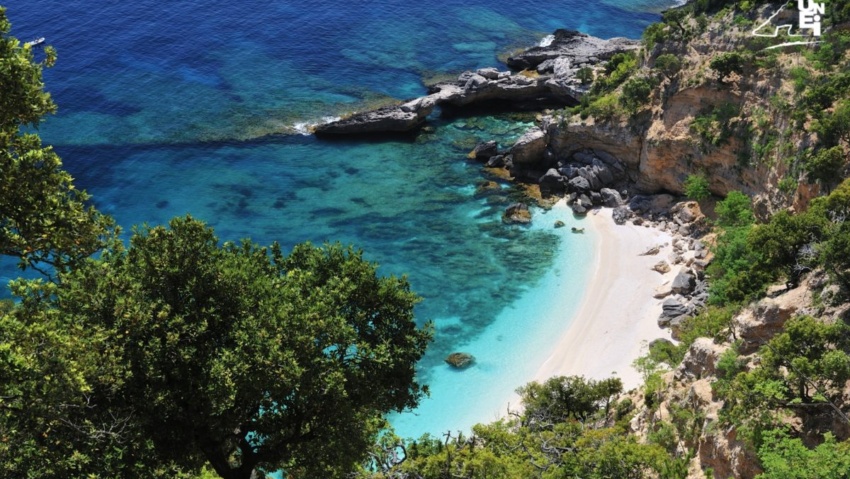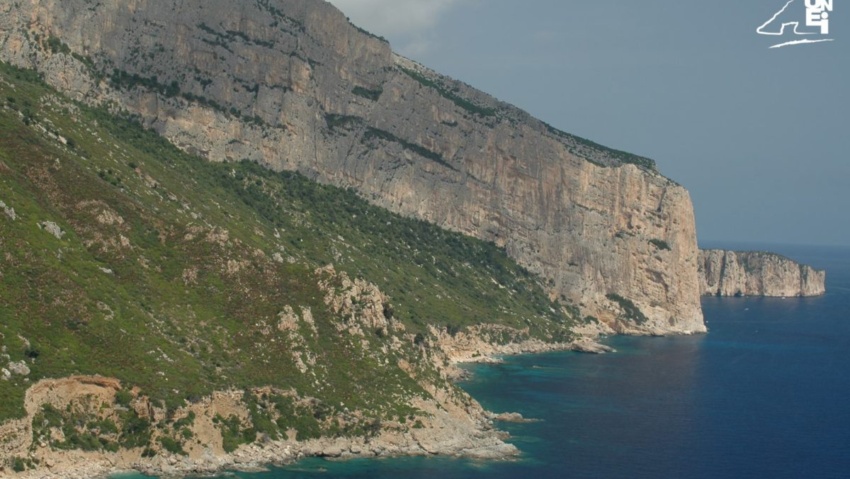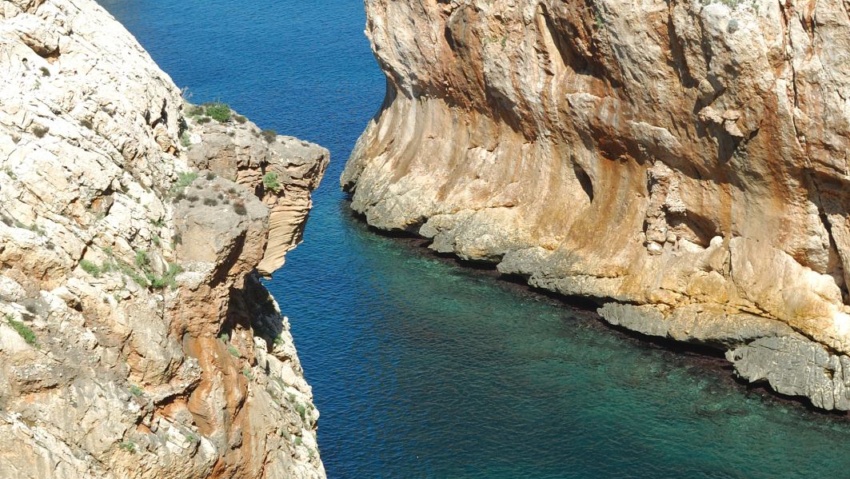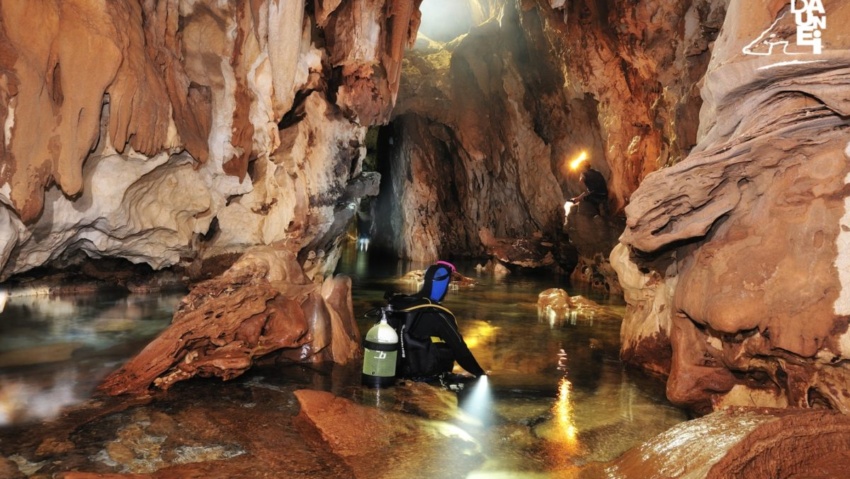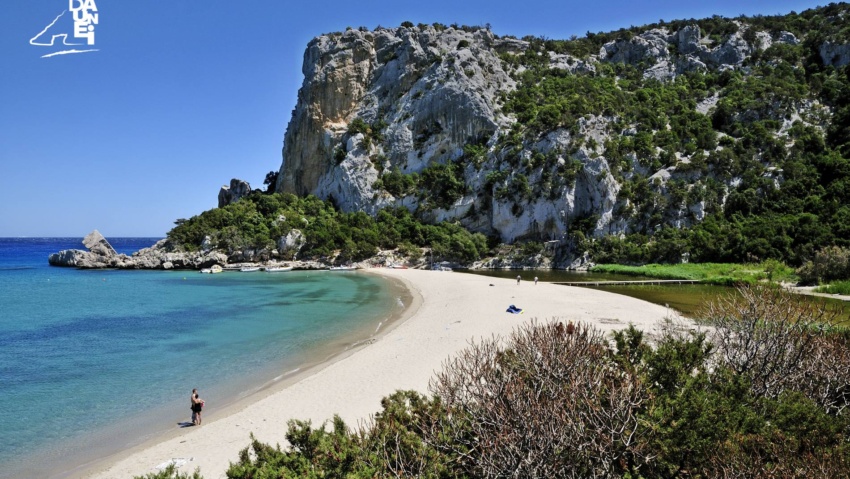Portu Cuau
Due to its particular “wedge-like” promontory shape jutting out to sea, Capo Monte Santu is very exposed to coastal currents. Its waters are therefore rich in nutrients and, consequently, fish. This makes it a favourite destination for scuba divers who, around these parts, can also explore the remains of the merchant ship “Levante”, which tragically sank in 1963, on the seafloor of Portu Cuau (pictured).
The “Levante”, a merchant ship owned by “Compagnia Marittima Sarda”, hired for the occasion by “Piero Rossi Traffici Maritime” of Genoa, set off from the Ligurian port with a crew of thirteen on 17 January 1963, with Tunis as its destination. After a short stop in the North African port, it cast off on 21 January and set a course for Marseille. Along the Sardinian coast it encountered terrible weather, with force 9 seas and 150 km/h gusts of wind. Poor visibility, less than 200 metres, perhaps caused the ship’s commander, the 61 year old Genoese Angelo Macciocco, to make a mistake and, in the night between the 23 and 24 January 1963, the “Levante” went crashing against the rocks of Portu Cuau, without even having the time to launch an SOS. The thirteen-man crew had no chance of survival. Only one of the unfortunate sailors was Sardinian, the 31 year old Ignazio Zedda from Cagliari; the other crew members were from Liguria, Tuscany and Sicily.
News of the dramatic shipwreck was announced by a young herdsman from Baunei, Giovanni Cabras, who saw the mast of a ship protruding from the water when he looked out from over the cliff on the following morning. Around the ship was only death and desolation, corpses at the mercy of the waves and the remains of the ship tossed against the rocks. “Among the waves agitated by a strong wind – the front page of “L’Unione Sarda” newspaper reported on 27 January 1963 – the herdsman noticed two white spots that had attracted his attention. Leaning over (…) he could see that they were the bodies of two men. Some wreckage was floating next to them. Among the rocks he could see the carcass of a ship. Having realised what had happened, Giovanni Cabras immediately headed towards the village and, after an exhausting walk of more than ten kilometres, went to the police station and told the commander what he had seen: <>”.
